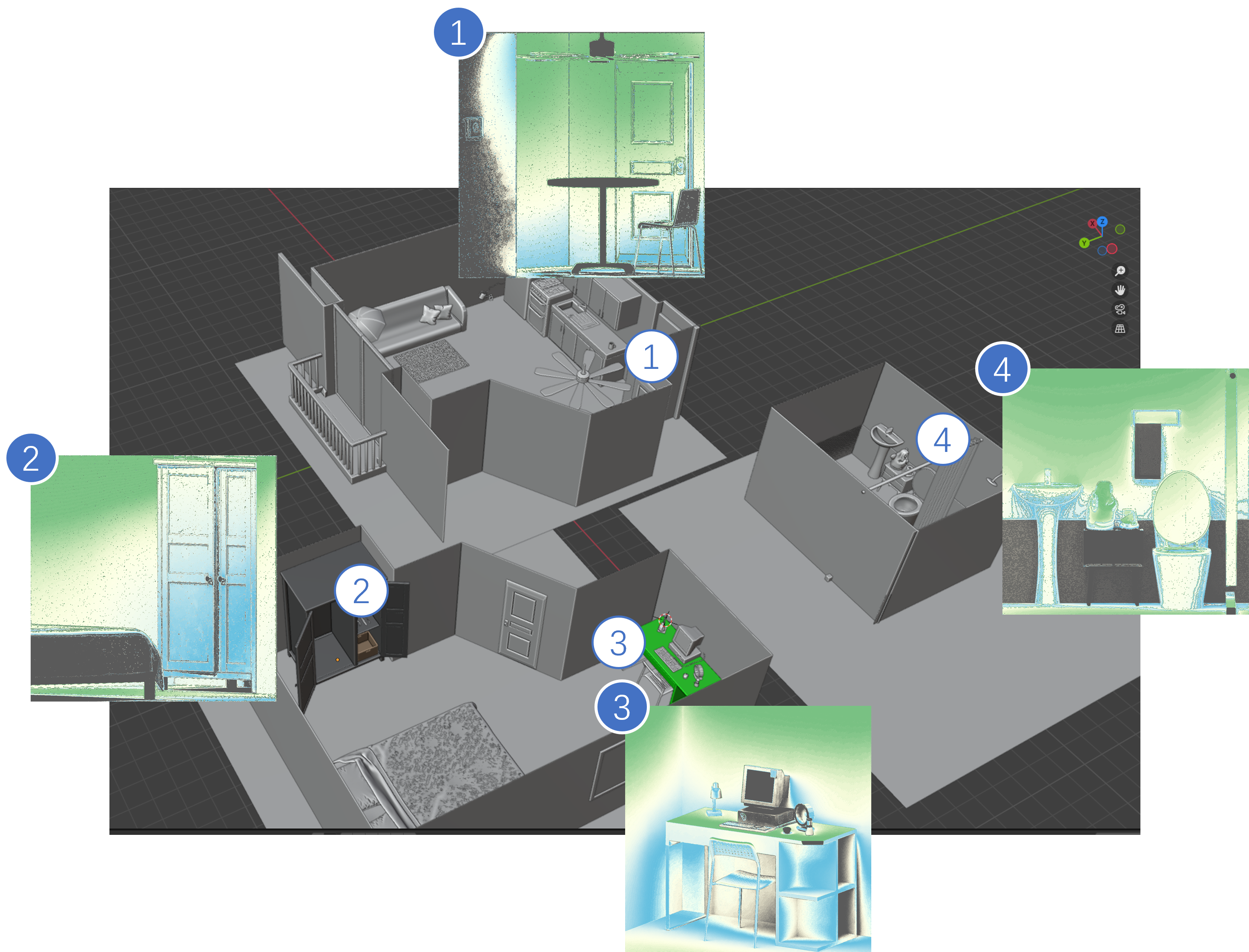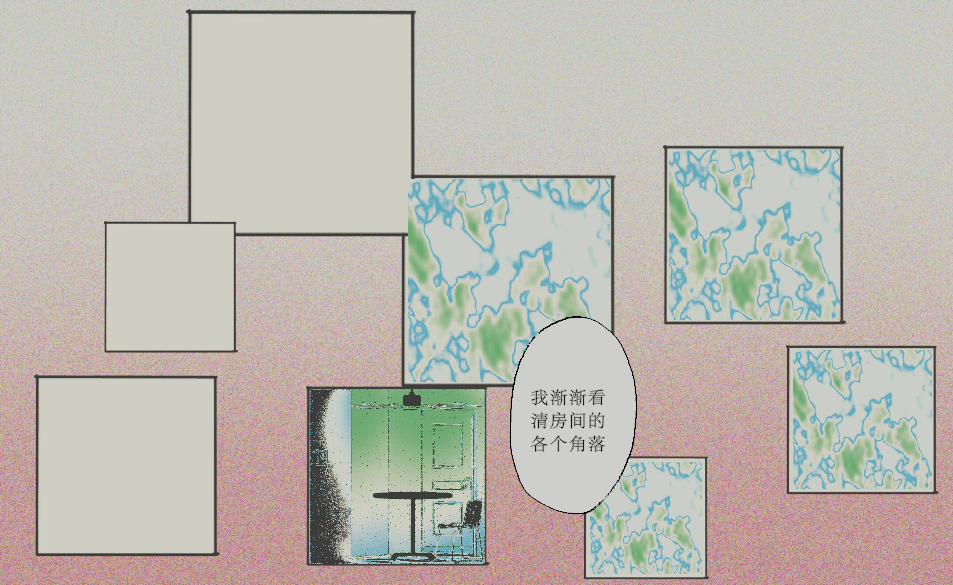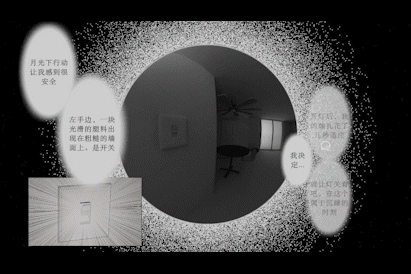 Home
Home Home
HomeThis game is a short visual novel created out of contemplation on the branching options of narrative games, aiming to explore the possibilities of storytelling and innovate in visual elements.
In this game, the story's ending does not change from the player's perspective: player's character will inevitably kill the enemy and survive.
However, the choices still impact the story—they determine the role the player assumes within the narrative.
For instance, entering a classroom and choosing to sit at a desk will automatically assign the player the role of a student, while choosing to stand at the podium will automatically assign the player the role of a teacher.
This narrative design significantly alters the gameplay experience. In the past, whenever a choice was made, players would have their fingers crossed, aware that their decisions would alter the plot and ultimately determine the fate of the character they had grown emotionally attached to. They would carefully analyze the causal logic within the story to make choices that would lead to their desired outcome.
However, with the "choice determines identity" narrative strategy, players can break free from the pressure of making choices. They can engage in more self-exploration and, through their behavioral preferences, find the character they feel most emotionally connected to. By assuming this role, they can fully experience the story from that character's perspective.

A similar narrative experiment can be found in Kentucky Route Zero. In this stylish narrative game, dialogue options are not about the player character reacting to other characters but are part of the text creation process. Players decide the next line of dialogue and which character delivers it, shaping the characters' real or imagined backstories through their choices. This application of choices as the primary interactive means in a visual novel opens up greater possibilities.
The game is set in a single room, with the entire experience revolving around the player's exploration and interaction with the space. Instead of using a 3D depiction to convey a sense of space, the game employs a comic book storyboard style to showcase different corners of the room.
The original plan was to use Blender to create a room and have the player control a player pawn for first-person perspective exploration. This approach would certainly create a tranquil atmosphere. However, since the game might take place in a dimly lit environment, players could easily miss interaction points, and overemphasizing these points could break the immersion. Using comic book panels can preserve the sense of mystery and atmosphere while emphasizing the connection between narrative text and visuals. This method allows the creator to have complete control over the visual focus within the room, ensuring that the narrative elements and visual highlights are effectively integrated.

3D Model and Rendering Results


Panel-style spatial presentation in the game
Another visual design element is my intention to highlight the player's identity shift in the game, which is primarily determined by the option to turn on the light. To make the moment of turning on the light impactful, the game uses contrasting brightness and shapes between the lights-off and lights-on modes.

This short project stems from a narrative concept, but such a concept is difficult for players to grasp through a single narrative experience. Realizing the concept requires step-by-step interactive design.
In this attempt, I created the text following a writing approach. However, since players do not receive textual information in continuous large segments as in literature, it is very challenging for them to piece together literary fragments in their minds. Therefore, this narrative method still needs further exploration.